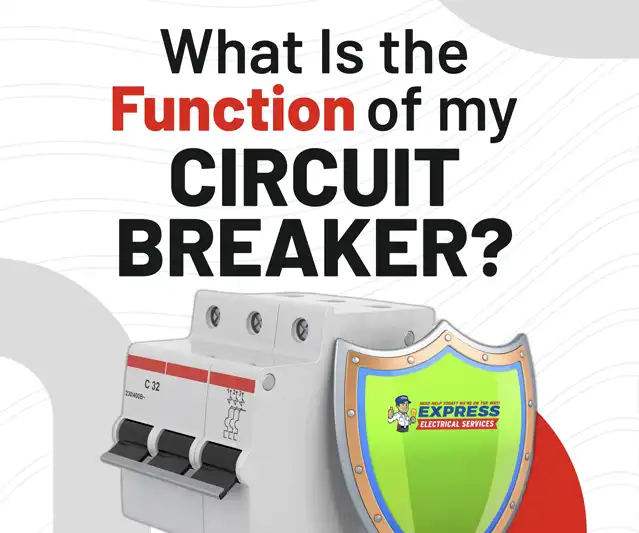In the intricate network of electrical systems that power our modern world, circuit breakers stand as unsung guardians, quietly ensuring the safety and stability of our electrical infrastructure. While often overlooked, these unassuming devices play a crucial role in preventing electrical overloads, short circuits, and other potentially hazardous situations that could lead to damage or even catastrophic failure.
But what exactly is the function of a circuit breaker? In this blog, we delve into the inner workings of these essential components, exploring their purpose, mechanisms, and the indispensable role they play in maintaining the integrity of electrical circuits.
Contact us now to get more details about circuit breaker functions.
Main Functions of Circuit Breaker

Here’s an explanation of the main functions of a circuit breaker:
Overcurrent Protection:
One of the primary functions of a circuit breaker is to protect electrical circuits from overcurrent situations. Overcurrent occurs when the current flowing through a circuit exceeds its rated capacity. This could happen due to a variety of reasons, such as a short circuit or an overload. In such cases, the circuit breaker swiftly interrupts the flow of electricity, preventing damage to the circuit and associated equipment.
Short Circuit Protection:
A short circuit occurs when an unintended connection is established between two points in an electrical circuit, resulting in a sudden surge of current. This can pose a significant safety risk and potentially lead to fires or damage to equipment. Circuit breakers detect short circuits and respond by quickly opening the circuit to halt the flow of electricity, thereby preventing further damage or hazards.
Ground Fault Protection:
Ground faults occur when an unintended electrical connection is made between a live conductor and the ground. This can happen due to insulation failure or damaged wiring. Circuit breakers equipped with ground fault protection mechanisms detect such faults and trip to disconnect the circuit, reducing the risk of electric shock and fire.
Overload Protection:
Overload occurs when the electrical load on a circuit exceeds its designed capacity over an extended period. This can lead to overheating of wires and components, posing a fire hazard. Circuit breakers are designed to detect prolonged overloads and trip to interrupt the circuit, preventing overheating and potential damage.
Manual Control:
In addition to automatic protection functions, circuit breakers also offer manual control over electrical circuits. They feature switches or handles that allow users to manually open or close the circuit as needed, such as during maintenance or troubleshooting.
Resettable Operation:
Unlike fuses, which need to be replaced after tripping, circuit breakers offer the advantage of resettable operation. Once the fault or overload condition is rectified, the circuit breaker can be reset to restore power to the circuit, making them a more convenient and cost-effective solution for circuit protection.
Circuit breakers serve multiple critical functions in electrical systems, including protecting against overcurrent, short circuits, ground faults, and overloads, while also offering manual control and resettable operation for enhanced convenience and safety.
Conclusion
In the intricate tapestry of electrical systems, circuit breakers emerge as silent sentinels, tirelessly safeguarding against potential dangers. Their function, though often overlooked, is undeniably critical in maintaining the safety and stability of our electrical infrastructure.
Circuit breakers serve as vigilant protectors, adeptly detecting and responding to various electrical anomalies. Whether it be overcurrent situations, short circuits, ground faults, or overloads, these devices stand ready to intervene, swiftly interrupting the flow of electricity to prevent damage and avert potential disasters.
Moreover, circuit breakers offer the invaluable advantages of manual control and resettable operation, empowering users to manage electrical circuits with ease and efficiency. Their versatility and reliability make them indispensable components of modern electrical systems, ensuring not only the protection of equipment but also the preservation of lives.
In essence, the function of circuit breakers transcends mere electrical components; they embody a commitment to safety, reliability, and peace of mind. As we navigate the complexities of our electrified world, let us not overlook the pivotal role played by these unsung heroes in keeping our homes, workplaces, and communities safe.




















